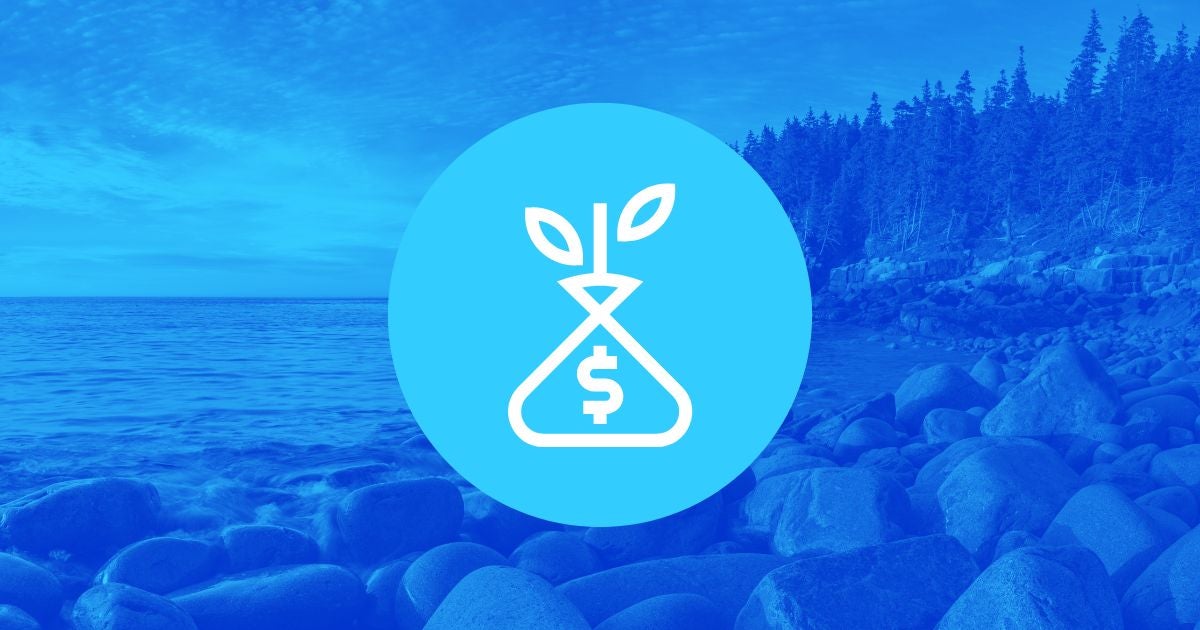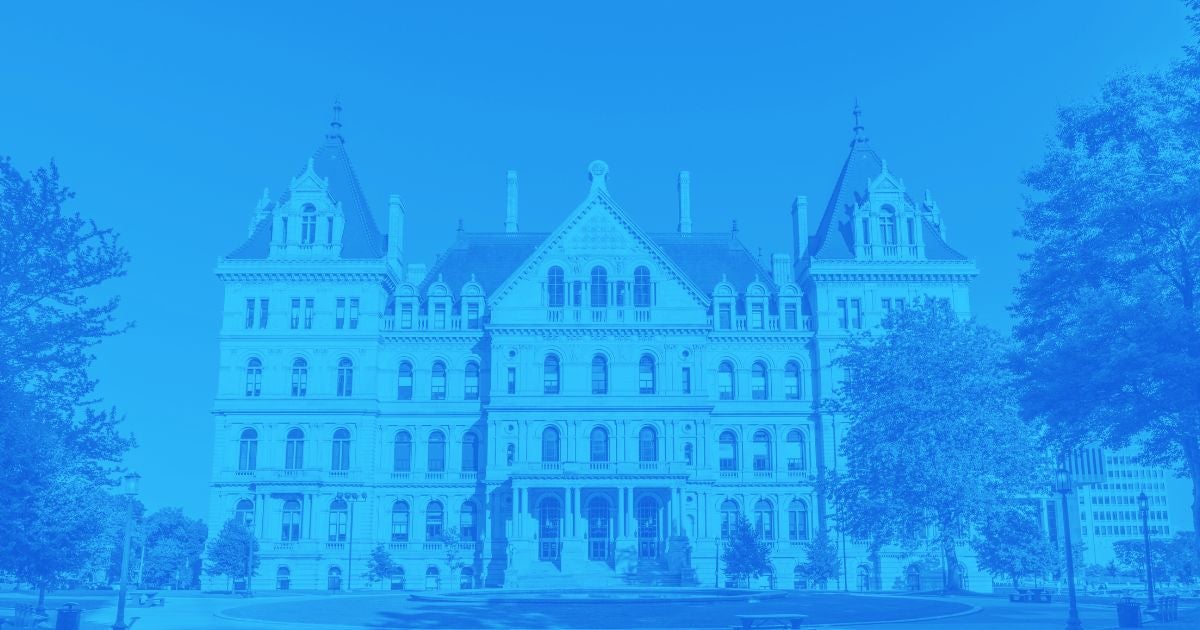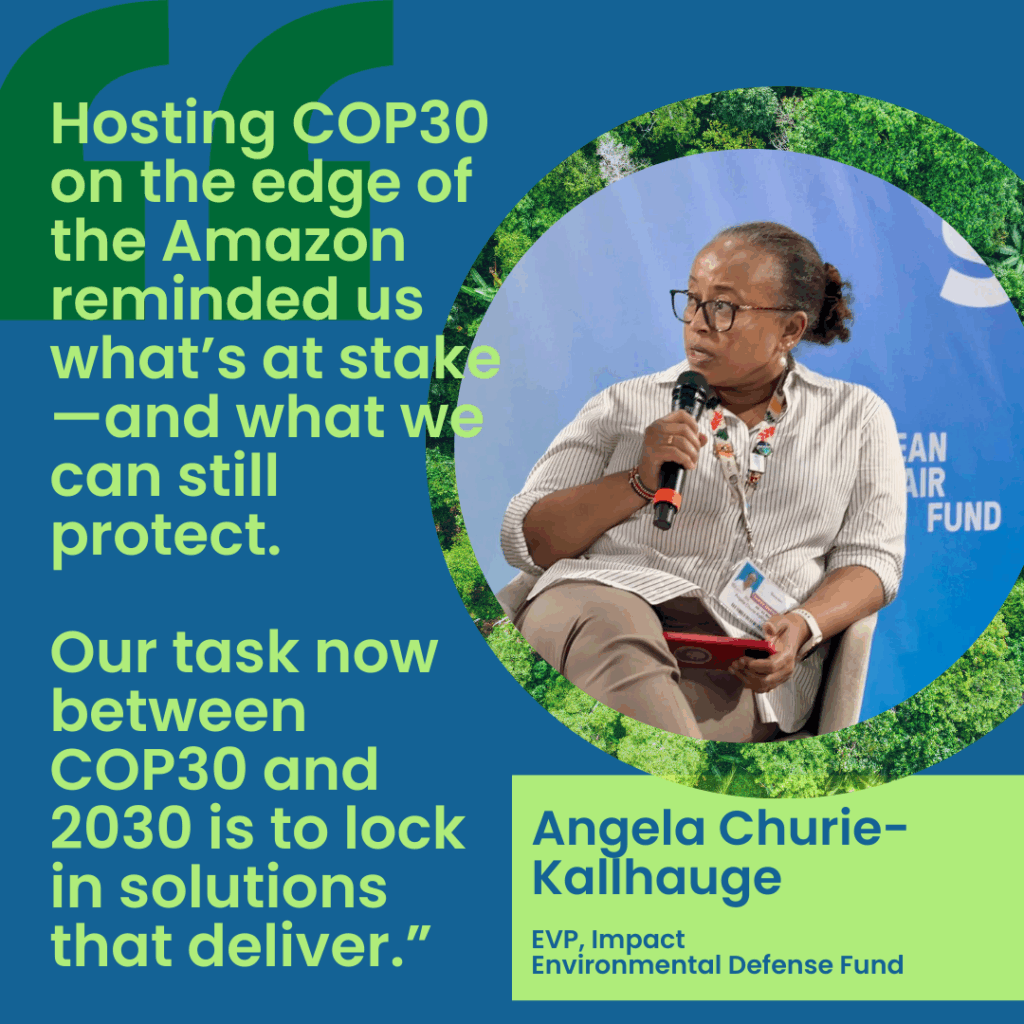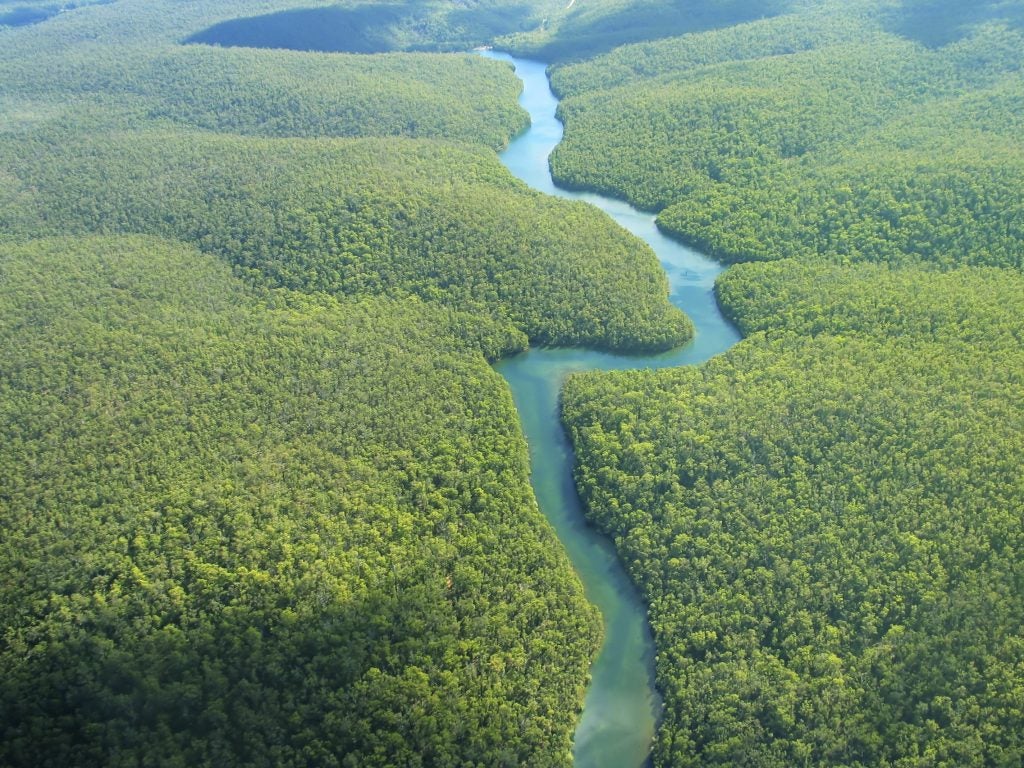Results were released today for the fourth and final auction of the year in Washington’s cap-and-invest program, with strong demand projected to raise $394 million in revenue for investments in communities, affordability and climate resilience.
As Washington wraps up its third full year in operation, this still-young program continues to demonstrate how effective an ambitious cap-and-invest program can be at reducing pollution and raising revenue. And with program linkage with California and Quebec’s linked market on the horizon, Washington is at an exciting point in its program trajectory.















